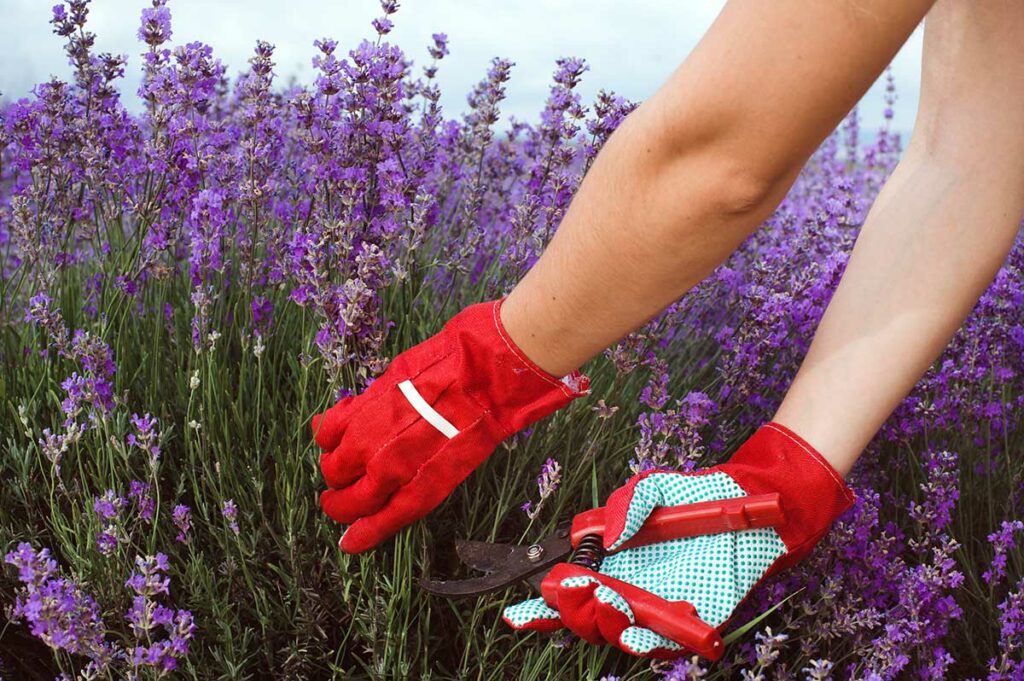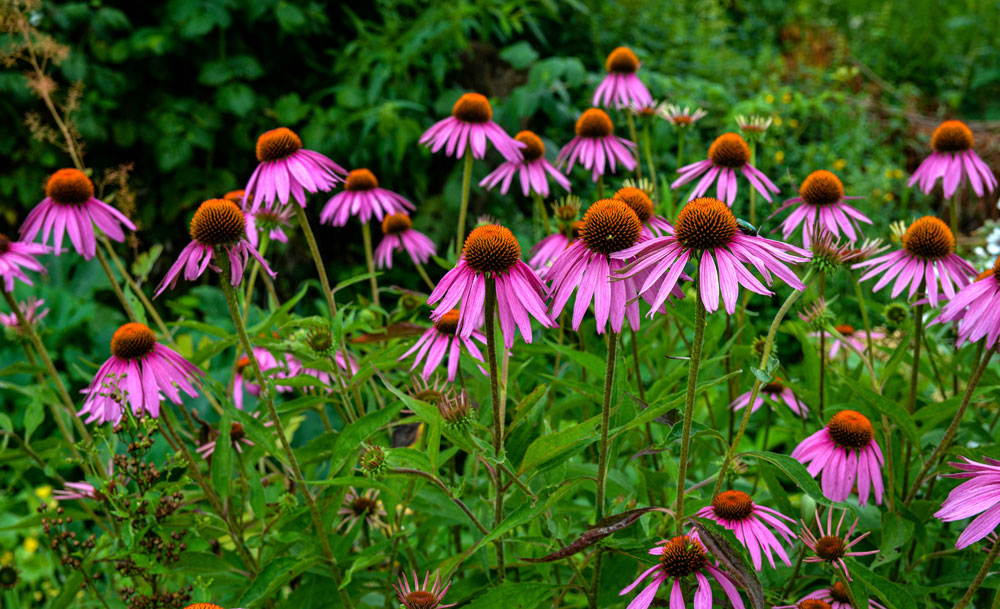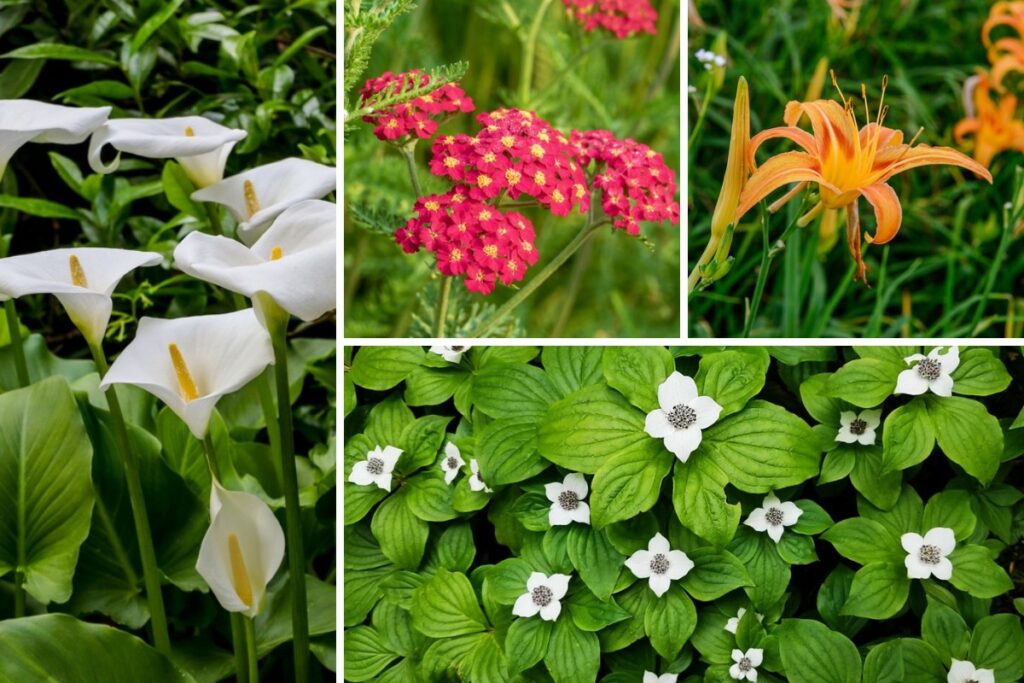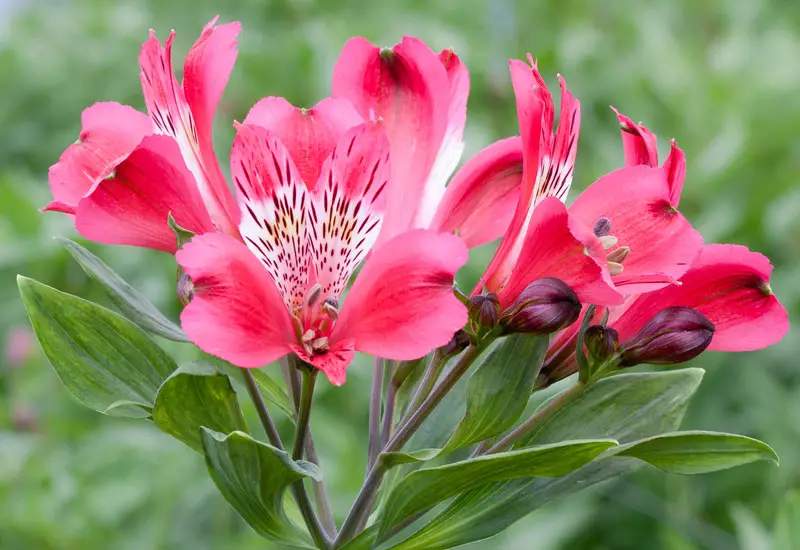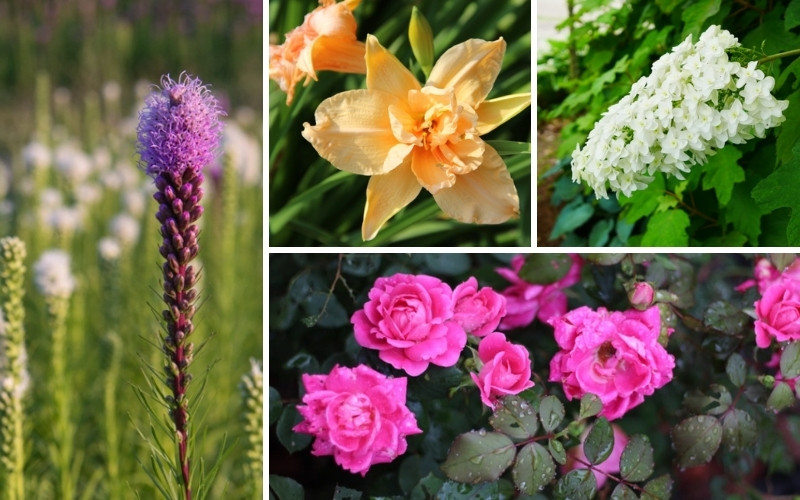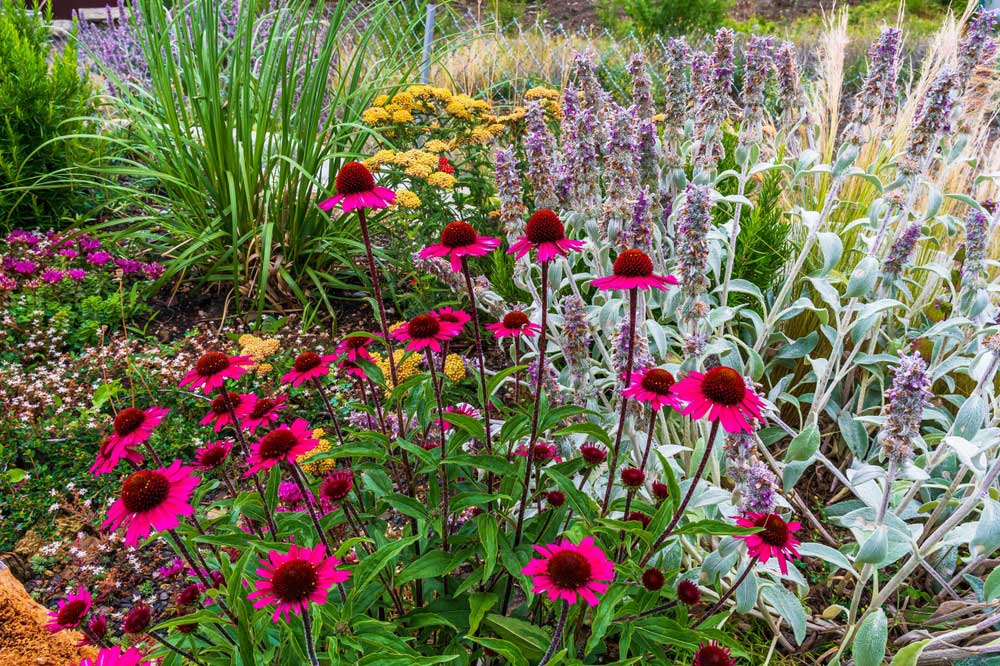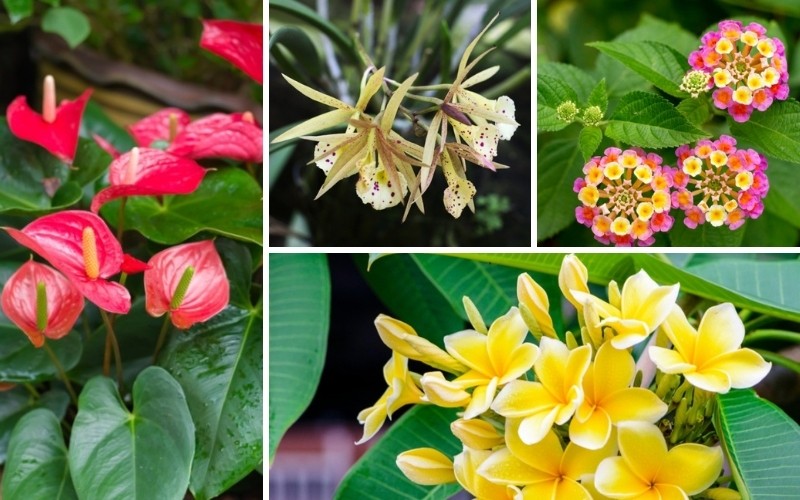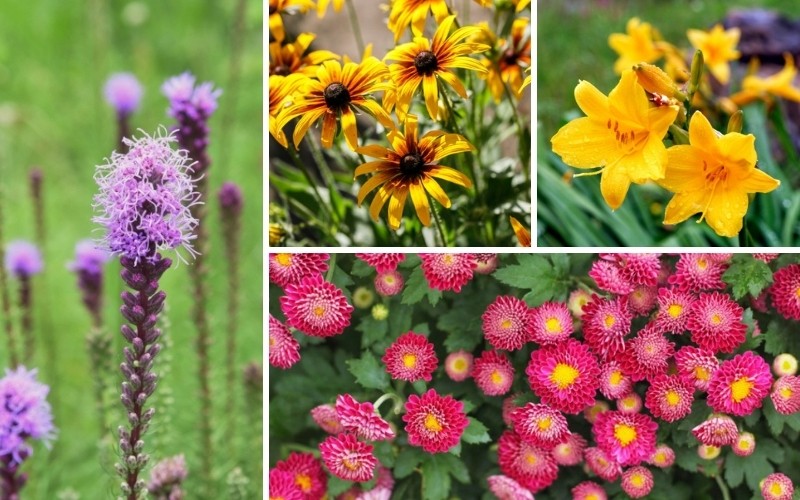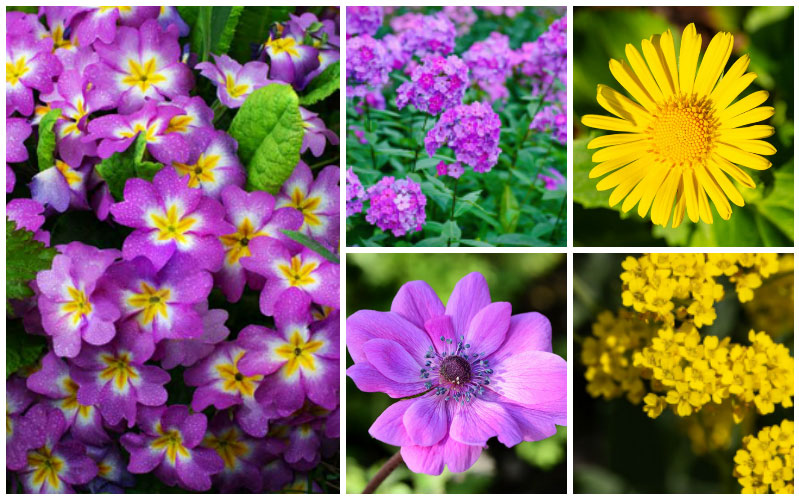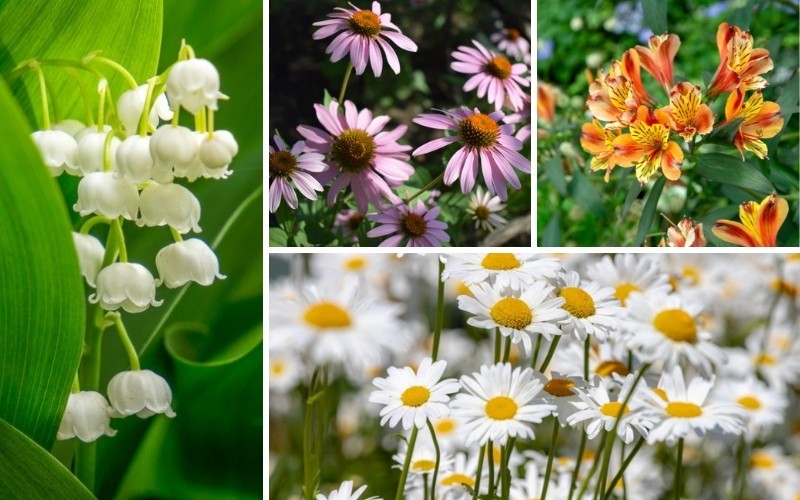
The state of Washington covers a wide range of USDA hardiness zones, from 4a to 9a with much of the state falling into zones 6a to 9a. This means that some perennials that thrive in zone 9 may not be hardy enough for zones 4 or 5. However, many perennials thrive in USDA plant hardiness zones 4 through 9 making them suitable for nearly any location in Washington.
Keep in mind that the hardiness of perennials varies even among cultivars of the same plant. It is wise to check the hardiness and growing requirements listed on the plant identification label before purchasing new perennials.
Coneflowers (Echinacea spp.)
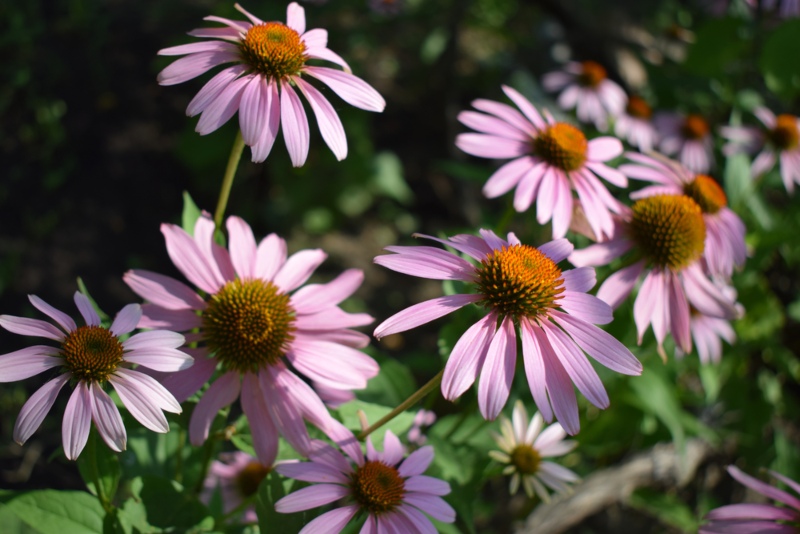
Coneflowers are a favorite in perennial beds across the U.S. with their large daisy-like flowers with unique petals that are reflexed to reveal a contrasting cone in the center.They range in color from the traditional purple coneflower to lovely shades of pink, white and yellow. They bloom from early to mid-summer until frost, adding subtle color to the flowerbed. Plant coneflowers in a sunny location in average to fertile, well-drained soil. They are hardy in USDA plant hardiness zones 3 through 9, depending on the cultivar.
Black-Eyed Susan (Rudbeckia spp.)
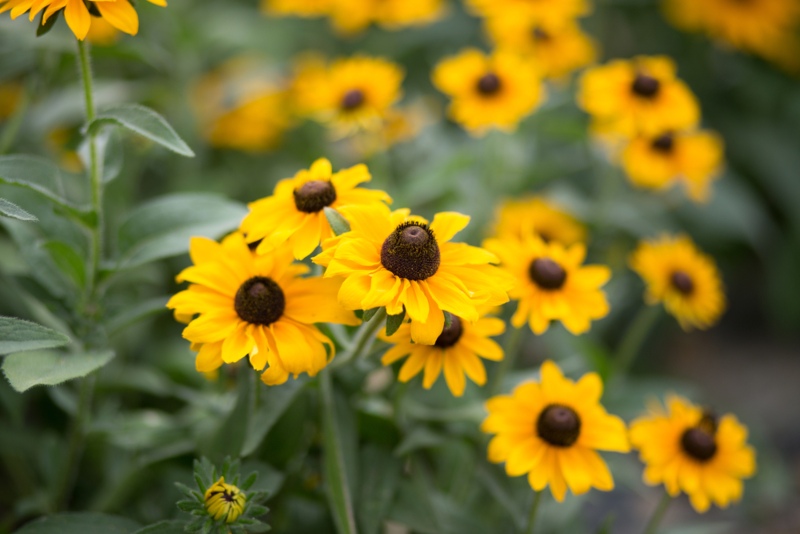
Stately black-eyed Susan makes a bold statement in the flowerbed with its golden-yellow petals and contrasting dark eye, but that’s not the only variety of rudbeckia that will thrive in your perennial bed. For variety, try growing ‘Irish Eyes’ with its soft yellow petals and delicate green eyes or choose one from the autumn colors series to add deep bronze, mahogany and red to the garden. These hardy flowers grow to heights of 2 to 3 feet and do best in full sun. Plant rudbeckia in average, well-drained soil. They are hardy in USDA plant hardiness zones 4 through 9.
Blanket Flower (Gaillardia spp.)
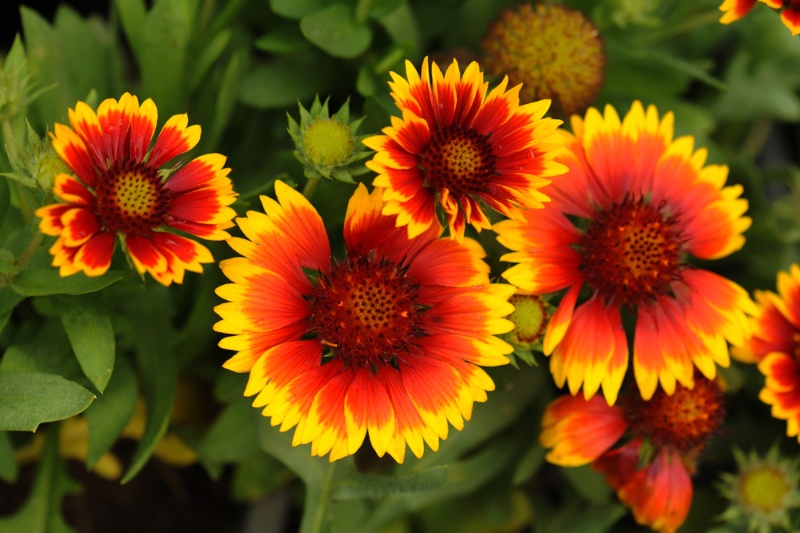
The blanket flower adds rich, fiery color to the flowerbed from mid-summer through to the fall. These daisy-like blooms have delicate toothed edges with bold bands of color on the petals. Colors run the gambit from buttery yellow trimmed with orange and gold to deep bronze, mahogany and red. Blanket flower has a distinct eye that is usually in shades or deep orange or red. Blanket flowers grow to heights of 2 feet and thrive in USDA plant hardiness zones 3 through 9. Plant them in full sun to partial shade in average well-drained soil.
Peony (Paeonia spp.)
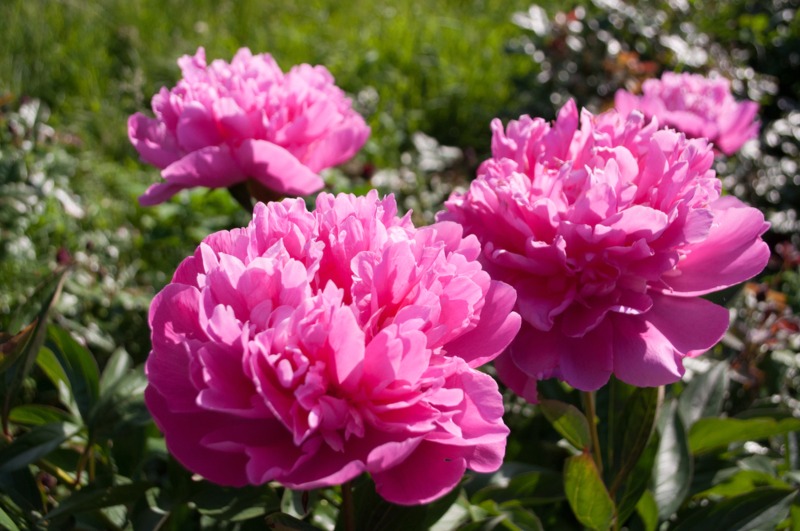
Peonies bloom in late spring creating a dramatic show of color and fragrance in the flowerbed. The large, showy blooms can be either single of double petaled and range in color from pastel pinks, white and red to marvelous bi-colors, too. Some display a distinct yellow center. Peonies make excellent cut flowers and attract bees and flying insects to the yard. Plant peonies in full sun to partial shade in rich, well-drained soil for the best results. Peonies are hardy in USDA plant hardiness zones 3 through 8.
Russian Sage (Perovskia atriplicifolia)
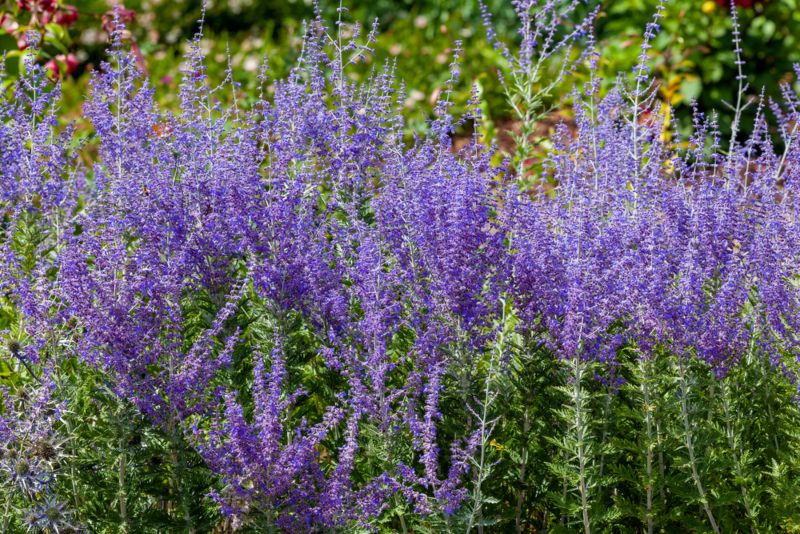
Russian sage makes an excellent specimen plant as it sends up graceful, arching stems from the base of the plant. Each stem is lined with delicate blue or purple flowers snuggled amid feathery gray-green foliage reminiscent of lavender. This flower is highly aromatic with a distinct herbal scent. It does take a while to get established and may take 2 to 3 years to reach its mature beauty. It likes full sun and average soil that drains well. Russian sage is hardy in USDA plant hardiness zones 4 through 9.
Bleeding Heart (Dicentra spp.)
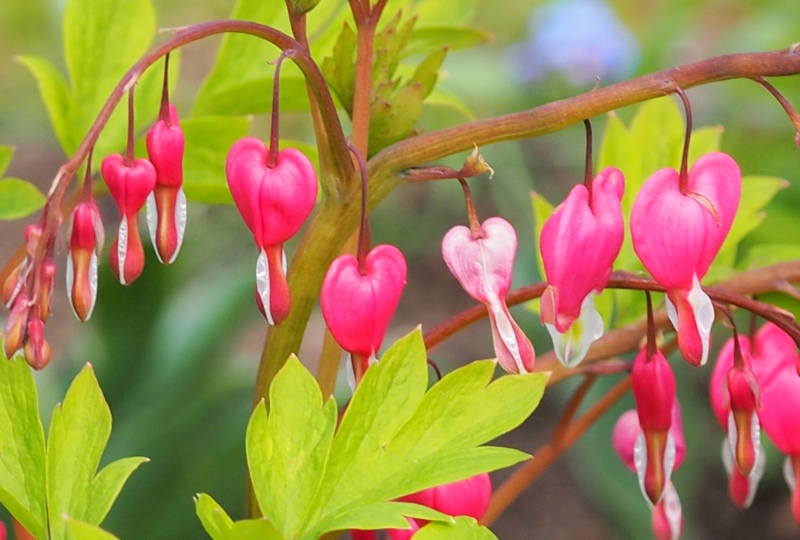
Delicate bleeding hearts welcome spring to the perennial bed with their arching stems and tiny heart-shaped blooms. They range in color from white or pink to deep red with a white dewdrop at the base giving it the impression the heart is bleeding. Many bleeding hearts put on a show in the spring for a few weeks and then die back, but there are some varieties that bloom repeatedly throughout the summer. Bleeding hearts prefer partial to full shade and organic, moist soil. They are hardy in USDA plant hardiness zones 3 through 9.
Lily of the Valley (Convallaria majalis)
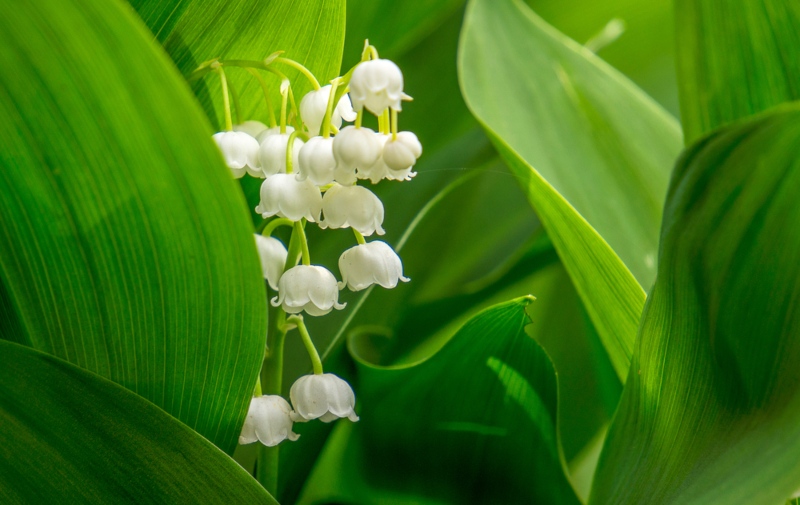
Lily of the valley is prized for it intoxicating fragrance and delicate bell-shaped blooms. The blooms range in color from white to pink and line a gently arching stem held above green foliage in the spring. These flowers spread easily and are a wonderful choice for naturalizing shady nooks. They prefer humus-rich, moist soil and do best in partial to full shade. Some varieties are tolerant of full sun. They are hardy in USDA plant hardiness zones 3 through 9.
Shasta Daisy (Leucanthemum x superbum)
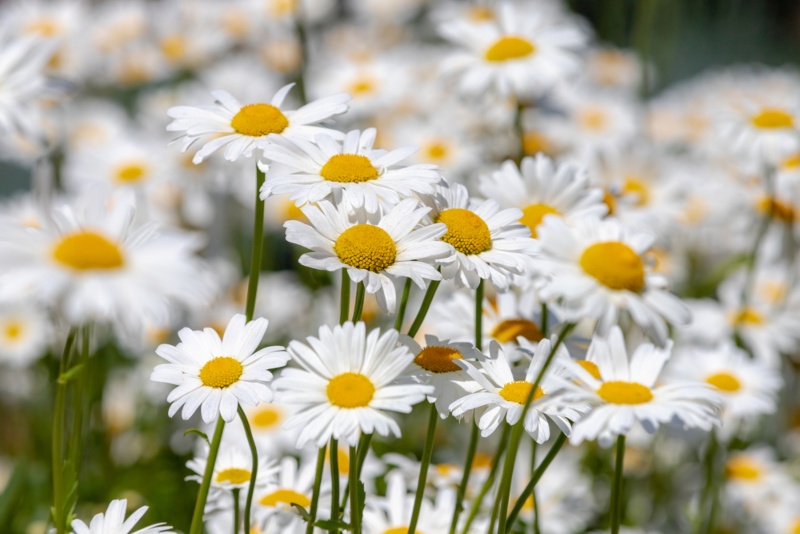
Shasta daisies are similar to the wild oxeye daisy, but tend to be shorter, stockier plants with larger flowers. They bloom in early summer and continue into the fall. Shasta daisies grow to heights of 1 to 2 feet, depending on the cultivar. They prefer rich, well-drained soil and do best in full sun. Plant shasta daisies in borders, to line walkways or in the front of the flowerbed. Shasta daisies reflect the rays of rising or setting sun well, and even reflect the light of the full moon. They are hardy is USDA plant hardiness zones 4 through 9.
Peruvian Lily (Alstroemeria spp.)
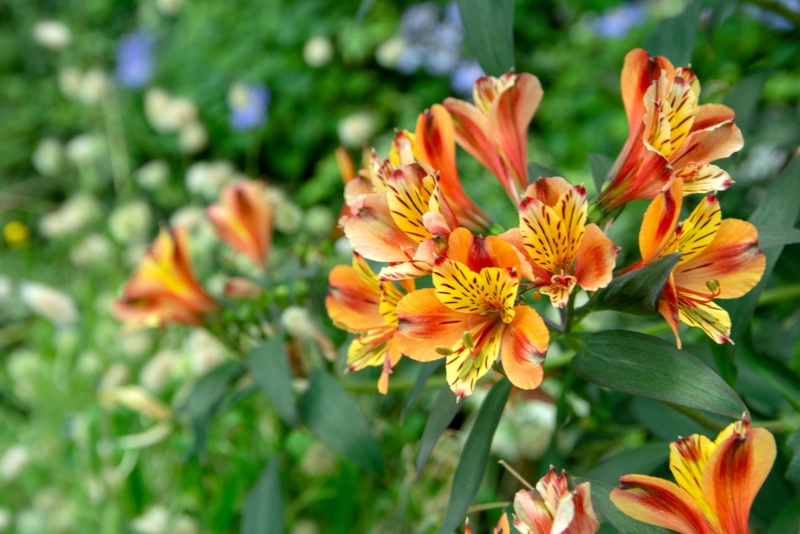
Peruvian lilies are prized as cut flowers and are often included in bridal bouquets. These funnel-shaped flowers range in color from pink or purple to lovely shades of yellow, white and red with a delicate sprinkling of contrasting freckles in the throat. They do best in humus-rich, organic soil that does not dry out completely and thrive in either full or partial sun. Peruvian lilies are hardy in USDA plant hardiness zones 7 through 10.
Garden Phlox (Phlox paniculata)
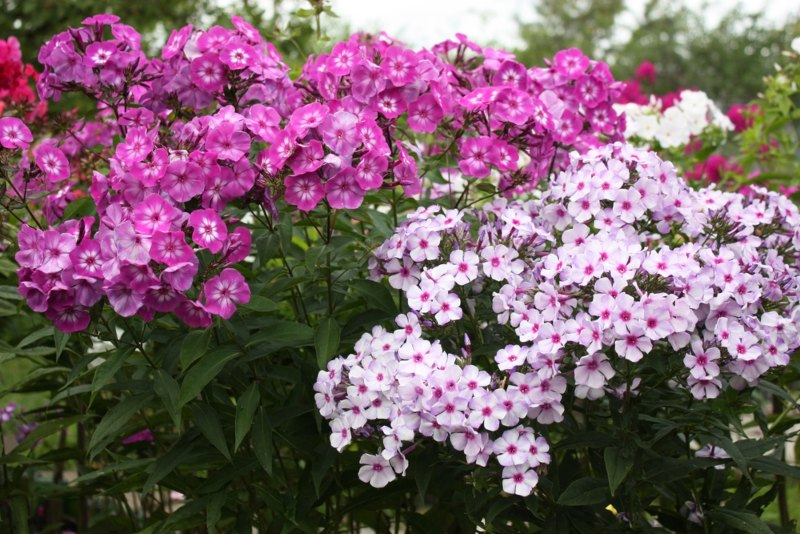
Garden phlox produce showy, full heads covered with tiny flowers from mid-summer into the fall. They range in color from traditional magenta or white to lovely shades of pink, lavender, rose and red with many delightful bicolors, too. These flowers are highly fragrant and attract both bees and butterflies to the flowerbed. They grow to heights of 2 to 4 feet, depending on the cultivar. Plant garden phlox in full sun to partial shade in moist, fertile soil that drains well for best results. Garden phlox are hardy in USDA plant hardiness zones 4 through 8.
Newly planted perennials require consistent watering to help them establish a strong root system. Many devote the first year (or two) to developing a strong root system and bloom sparingly the first season. When planning your perennial beds keep in mind that it may take new perennials 2 to 3 years to reach their mature size, but once they are established they will reward you with consistent blooms every year.





